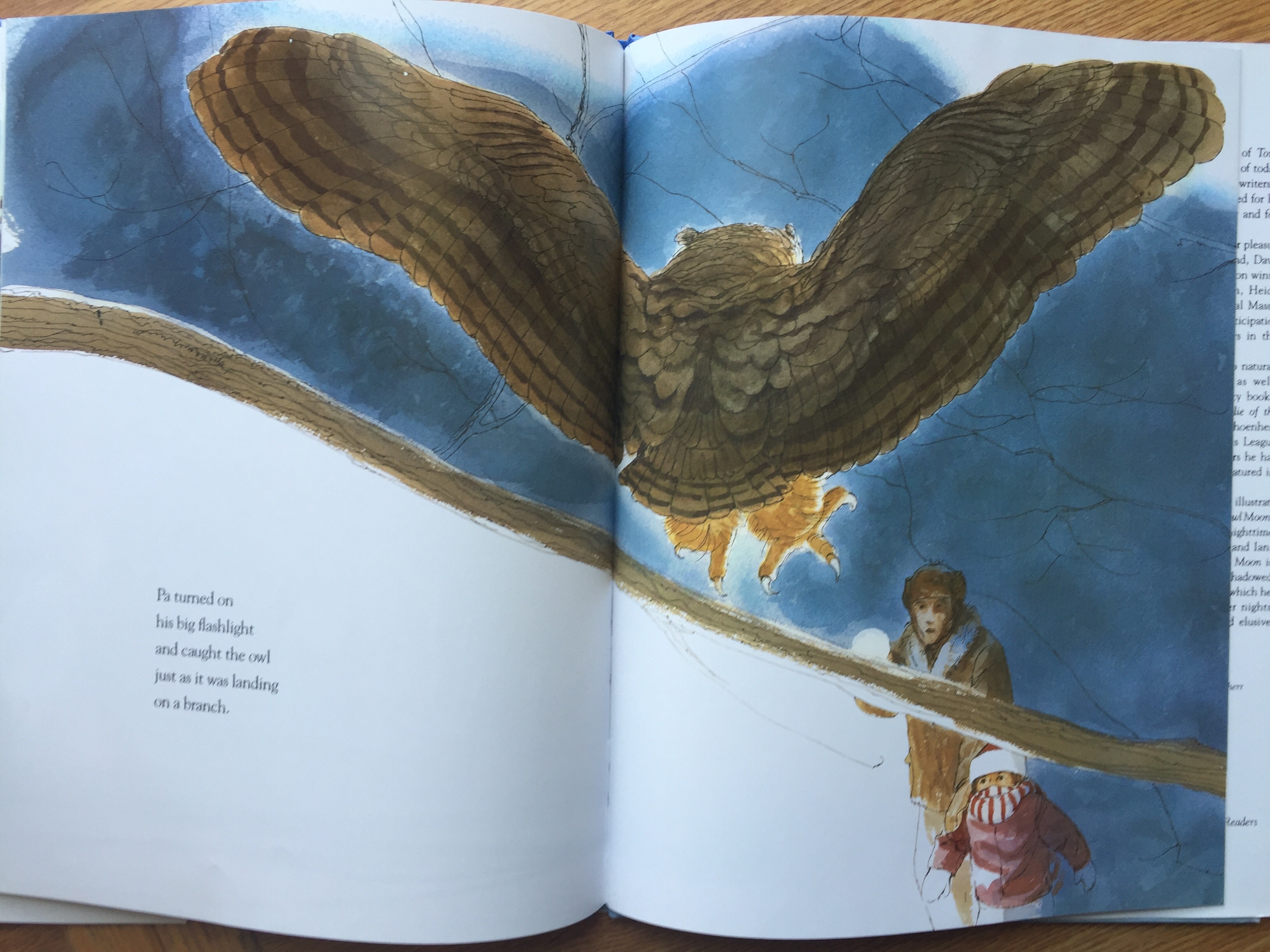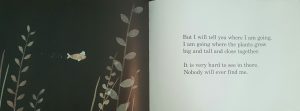
Title: Ava and the Real Lucille
Author: Cari Best
Illustrator: Madeline Valentine
Publisher and Year: Farrar Straus Giroux Books for Young Readers, 2012
Number of Pages: 30
Genre: Fiction
Analysis: Ava and the Real Lucille is about two sisters, Ava and Arlie who enter a contest to win a pet. The girls are hoping to win a dog when entering the poem contest. The end result is not what they thought, but the prize ended up being perfect.
This book can function as a mirror for young kids wanting a pet, which is common for most children. Not only will this book function as a mirror for children but can work as a mirror for parents as well. Children who want a pet are constantly talking about their pet and bugging their parents. Both children and parents can relate to this book because the real life experiences are understandable from the audiences perspective.

Perceptually, the front cover of the book is colorful and appears to be about a little girl Ava and a pet dog named Lucille. The book looks to be a fun and entertaining book for children. The cover catches the reader’s attention, who is then interested in reading about Ava and her pet Lucille.

Structurally, many pictures throughout the book have round frames, implying that the characters are content and secure. The illustrator could have created these round frames for the audience to think that the two little girls were content with the fact that they could win a poem contest and receive a pet dog. The round frames throw the reader off a bit, thinking that the girls will win a pet dog, when they actually win a pet bird. At the end of the book when Ava and Arlie love their pet bird, there are also round frames, showing the girls are content with having a pet bird named Lucille. The images both give more details as well as mirror the text throughout the book.
Ideologically, this book portrays a positive message but also conveys a negative message for children as well. Positively, the book teaches children about the responsibility that is associated with having a pet. Children learn to love and care for the pet, regardless if it is a pet that they had wished for. The book teaches children that they must feed, love, help, and play with their pet. All of these actions are important lessons for children to read about prior to actually buying a pet. However, when first receiving the pet, Ava was ungrateful for the pet bird that they won, because she wanted a dog. She would yell and stomp so loud that her actions would upset Lucille the bird. Ungratefulness, disrespect and impatience are all lessons that teachers and adults do not want children reading about and learning to behave in such a way. After Ava’s poor actions, she came around and really cared for Lucille the bird, however, her prior actions were poor lessons for children to learn.




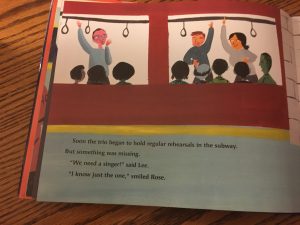
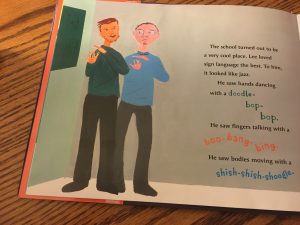
 Title: Dancing in the Wings
Title: Dancing in the Wings


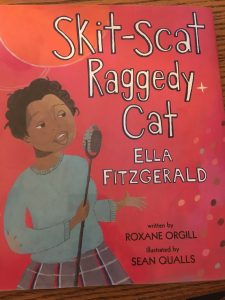
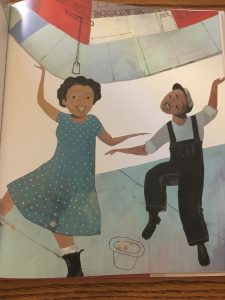


 is seen to the right, the boys are both in bed, but the differences of their shoes, lights, beds, shelves, tables and toys all vary based on the culture and country that the boys live in. The images throughout the book add to the words. Often times when Carlitos is writing he will include words in Spanish, so the images help the reader to understand the meaning of those few Spanish words.
is seen to the right, the boys are both in bed, but the differences of their shoes, lights, beds, shelves, tables and toys all vary based on the culture and country that the boys live in. The images throughout the book add to the words. Often times when Carlitos is writing he will include words in Spanish, so the images help the reader to understand the meaning of those few Spanish words.







